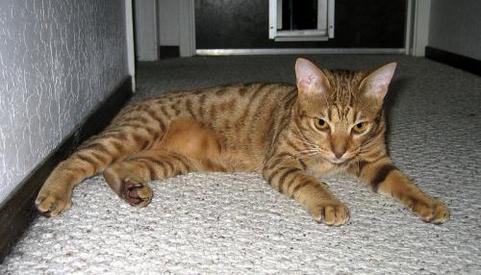
The Ocicat first appeared in 1964; an Abyssinian and a seal-point Siamese were deliberately crossed, resulting in a litter of kittens with one that was spotted. The spotted cat was neutered as it did not conform to the breeder’s designs, although after realising its rarity, similar crosses were made. Siamese were bred with Abyssinians and then the resulting offspring were bred back to the Siamese. This led to a cat of golden colouration with spotted markings. The Ocicat was named after the Ocelot, a dwarf leopard, because of its distinct coat characteristics. It is highly sought all over the world due to its uniquely wild appearance and amiable temperament, and gained recognition by the Cat Fanciers Association in 1987.
The Ocicat is a breed of slender build, with long, muscular legs, a wedge-shaped head, large ears, ovular eyes and a short, close-fitting coat. The cat is medium in size and boasts a wild and nimble appearance. Its strong claws equip it for hunting and climbing. In terms of permissible coat colouring, twelve colours are allowed in line with the Ocicat’s breed standard. These include chocolate, cinnamon, fawn, lavender and blue. The most characteristic feature of the Ocicat is its spotted coat, given its silver look by outcrossing the American Shorthair.
This highly active cat will require plenty of attention and exercise to stay happy and fulfilled in the home. Due to the rarity of the breed, most owners prefer to keep their animal as an indoor-only cat to avoid the potential for injury or theft. The Ocicat is inherently inquisitive with a keen hunting instinct so it is essential you provide a variety of interactive toys and playthings to keep your cat occupied and enriched throughout the day. Very sociable and compatible with other house pets and children; the Ocicat has a huge capacity for love, loyalty and affection. Typically, this breed will weigh 8-12 pounds, with an average life expectancy of 15 years or more.
The Ocicat is prone to several hereditary conditions, as well as suffering from hypertrophic cardiomyopathy, a common type of heart disease. These inherited conditions include anaemia resulting from a pyruvate urinase deficiency, as well as amyloidosis caused by an insoluble protein being deposited in key organs.
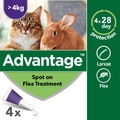


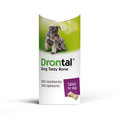


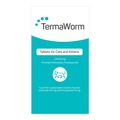
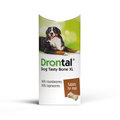
From Merseyside, United Kingdom
Yes the cat is high in attention mode and loves you in high demand very easy to train to walk on a lead if you wish . The problem is now she is nearly 10 yrs she has got kidney desise stage 2 .had to put her on specialist food and vets fees . So if you are taking on this type of cat I would advise on pet insurance policy that pays out for life. As this is a known issue with this breed according to the vet.